Do you have a question about the Nintendo New Nintendo 3DS and is the answer not in the manual?
Provides an overview of essential health and safety guidelines for system usage.
Lists all items included in the New Nintendo 3DS system package.
Compares the specifications and features of the New Nintendo 3DS and New Nintendo 3DS XL models.
Details the Super-Stable 3D feature and how it enhances the viewing experience.
Explains how to use a Nintendo Network ID for online features and services.
Explains the severity levels of warnings and precautions in the manual.
Provides essential safety advice for using the 3D display feature correctly.
Offers guidance to prevent seizures and eye strain during gameplay.
Advises on preventing motion injuries and safe battery handling.
Covers safety related to radio frequency interference and travel.
Covers precautions for general use, temperature, stylus, and AC adapter.
Provides safety advice related to troubleshooting system issues.
Identifies and explains the function of various system components.
Continues the identification of system components.
Explains the process and precautions for recharging the system's battery.
Details how to power the system on, turn it off, and use Sleep Mode.
Explains the functionality and benefits of using Sleep Mode.
Guides through setting the system's language, date, and time.
Covers entering user information and setting up accounts.
Describes how to use the various on-screen keyboards for input.
Explains the meaning of different Power LED light indicators.
Details factors affecting battery life and provides estimated usage times.
Provides instructions for optimal viewing of 3D images.
Explains how to use the 3D depth slider to adjust the 3D effect.
Guides on how to swap and attach custom cover plates.
Introduces the HOME Menu interface and its various icons.
Describes the functions of application icons available on the HOME Menu.
Explains the different types of software icons displayed.
Details the steps to open and start software titles.
Explains how to close or suspend running software.
Guides on how to view electronic manuals for software titles.
Explains how to customize various HOME Menu settings.
Covers friend list management and safety guidelines for online interactions.
Provides notes and precautions for using the Miiverse service.
Explains the correct procedure for inserting and removing Game Cards.
Details how to start software from a Game Card.
Covers downloading and using software from Nintendo eShop or SpotPass.
Guides on creating or linking a Nintendo Network ID for online services.
Explains how to configure internet connection settings for online access.
Guides on setting up parental controls to restrict system functions.
Explains how to manage downloaded software, save data, and microSD card contents.
Covers various additional system settings like profile, date/time, and language.
Details procedures for transferring data from older systems to a new one.
Explains how to update system software and applications.
Guides on how to format the system memory and reset settings.
Provides instructions for replacing the microSD card and the system battery.
Addresses common problems related to battery charging and power.
Helps resolve issues with no video or audio output.
Guides on troubleshooting display problems like dots or brightness differences.
Addresses problems with Circle Pad, Touch Screen, C Stick, and microphone.
Helps resolve issues with microphone recognition and step counting.
Guides on resolving issues with wireless network connection and internet access.
Provides solutions for problems related to disabling or managing Parental Controls.
Lists the technical specifications of the system hardware.
Details the manufacturer's warranty coverage for the product in Australia and New Zealand.
Explains the process for submitting a warranty claim.
Lists trademarks and licensing information for software included with the product.
Provides an overview of essential health and safety guidelines for system usage.
Lists all items included in the New Nintendo 3DS system package.
Compares the specifications and features of the New Nintendo 3DS and New Nintendo 3DS XL models.
Details the Super-Stable 3D feature and how it enhances the viewing experience.
Explains how to use a Nintendo Network ID for online features and services.
Explains the severity levels of warnings and precautions in the manual.
Provides essential safety advice for using the 3D display feature correctly.
Offers guidance to prevent seizures and eye strain during gameplay.
Advises on preventing motion injuries and safe battery handling.
Covers safety related to radio frequency interference and travel.
Covers precautions for general use, temperature, stylus, and AC adapter.
Provides safety advice related to troubleshooting system issues.
Identifies and explains the function of various system components.
Continues the identification of system components.
Explains the process and precautions for recharging the system's battery.
Details how to power the system on, turn it off, and use Sleep Mode.
Explains the functionality and benefits of using Sleep Mode.
Guides through setting the system's language, date, and time.
Covers entering user information and setting up accounts.
Describes how to use the various on-screen keyboards for input.
Explains the meaning of different Power LED light indicators.
Details factors affecting battery life and provides estimated usage times.
Provides instructions for optimal viewing of 3D images.
Explains how to use the 3D depth slider to adjust the 3D effect.
Guides on how to swap and attach custom cover plates.
Introduces the HOME Menu interface and its various icons.
Describes the functions of application icons available on the HOME Menu.
Explains the different types of software icons displayed.
Details the steps to open and start software titles.
Explains how to close or suspend running software.
Guides on how to view electronic manuals for software titles.
Explains how to customize various HOME Menu settings.
Covers friend list management and safety guidelines for online interactions.
Provides notes and precautions for using the Miiverse service.
Explains the correct procedure for inserting and removing Game Cards.
Details how to start software from a Game Card.
Covers downloading and using software from Nintendo eShop or SpotPass.
Guides on creating or linking a Nintendo Network ID for online services.
Explains how to configure internet connection settings for online access.
Guides on setting up parental controls to restrict system functions.
Explains how to manage downloaded software, save data, and microSD card contents.
Covers various additional system settings like profile, date/time, and language.
Details procedures for transferring data from older systems to a new one.
Explains how to update system software and applications.
Guides on how to format the system memory and reset settings.
Provides instructions for replacing the microSD card and the system battery.
Addresses common problems related to battery charging and power.
Helps resolve issues with no video or audio output.
Guides on troubleshooting display problems like dots or brightness differences.
Addresses problems with Circle Pad, Touch Screen, C Stick, and microphone.
Helps resolve issues with microphone recognition and step counting.
Guides on resolving issues with wireless network connection and internet access.
Provides solutions for problems related to disabling or managing Parental Controls.
Lists the technical specifications of the system hardware.
Details the manufacturer's warranty coverage for the product in Australia and New Zealand.
Explains the process for submitting a warranty claim.
Lists trademarks and licensing information for software included with the product.
| Manufacturer | Nintendo |
|---|---|
| Type | Handheld game console |
| Generation | Eighth generation |
| Predecessor | Nintendo 3DS |
| Weight | 253g |
| RAM | 256 MB |
| VRAM | 10 MB |
| Release Date | October 11, 2014 (Japan) |
| CPU | ARM11 MPCore |
| GPU | PICA200 |
| Internal Storage | 1 GB |
| Storage Expansion | MicroSDHC |
| Display (Top) | Autostereoscopic LCD |
| Resolution (Top) | 800 × 240 pixels (400 × 240 pixels per eye for 3D) |
| Display (Bottom) | LCD touchscreen |
| Resolution (Bottom) | 320 × 240 pixels |
| Battery | 1400 mAh |
| Wireless | Wi-Fi |
| Input | buttons, touch screen, microphone |
| Backward Compatibility | Nintendo DS games |
| Colors | Black, White |
| Dimensions | 80.6 mm × 142 mm × 21.6 mm (3.17 in × 5.59 in × 0.85 in) |
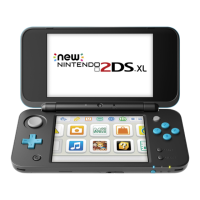
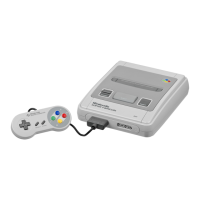

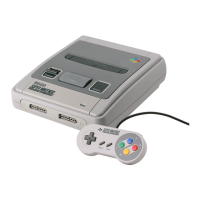
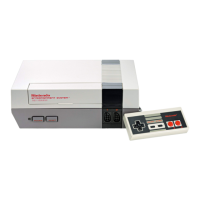
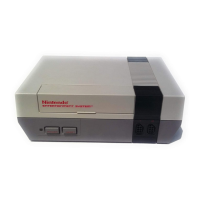
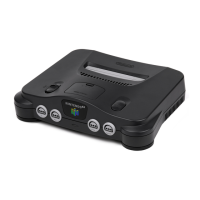

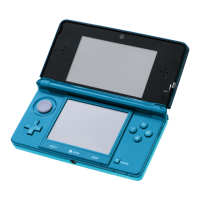
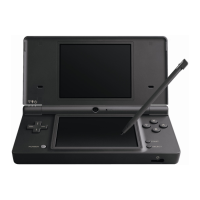


